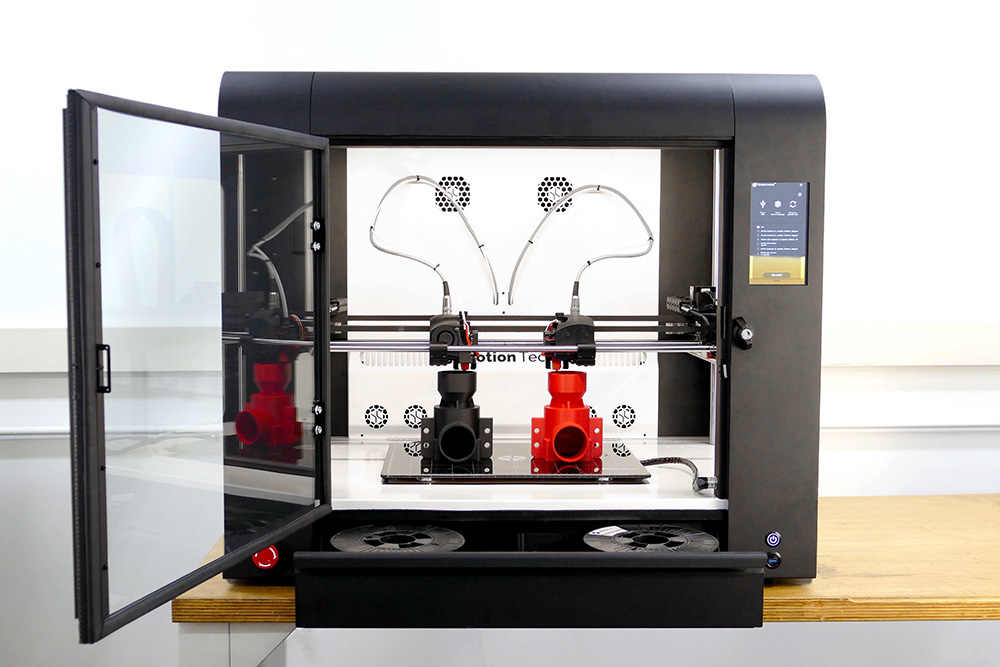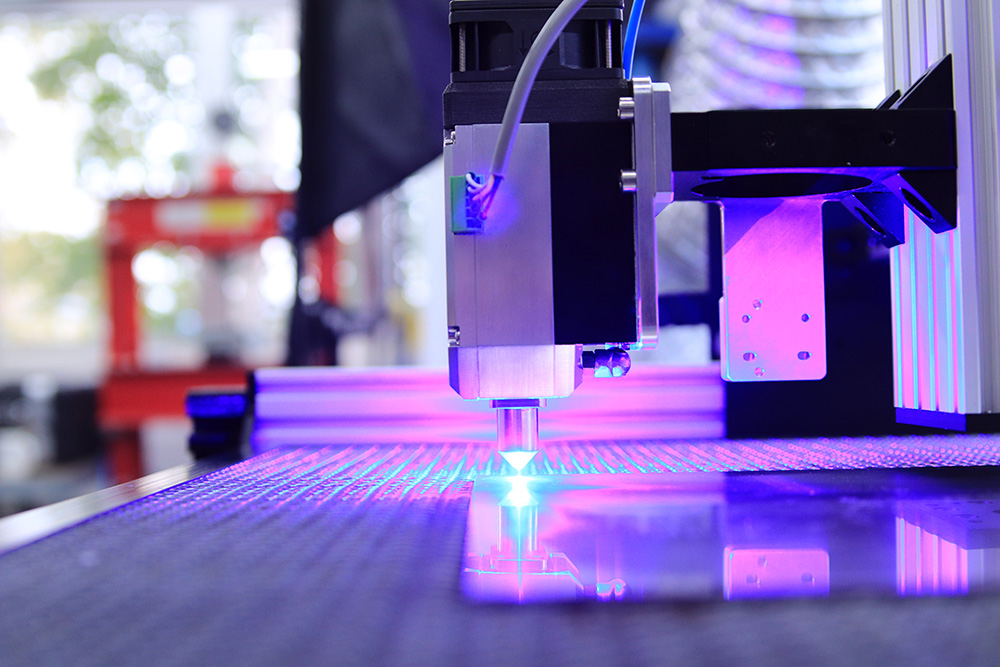What is 3D printing?
3D printing allows you to create a three dimensional object – such as a figurine, technical part, piece of artwork and more from a digital design. The possibilities are endless, and 3D printing or additive manufacturing as it’s also known is becoming popular in many industries as well as at home for personal creative uses.
How do 3D printers work?
The process isn’t massively dissimilar to standard print-on-paper 2D printing. You’re still talking about a print head delivering material onto a surface. It’s just that the surface isn’t paper, but instead its own three-dimensional object. This is a process also known as additive printing, because what 3D printers really do is create objects one layer at a time. In reality that’s what a 2D printer does – laying down ink on top of a piece of paper – but with 3D printing, you’re doing that layering many thousands of times to build up to some kind of three-dimensional object.
Home and small form factor 3D printers use differing types of plastic – either a filament loop or a light reactive resin – for printing, but in larger scale 3D printing can be used for all kinds of product creation, using everything from metals to chocolate. Unless you’re in very specific trades, they’re not the kinds of 3D printers you’re likely to have in your home, however.
The first actual step of 3D printing doesn’t start with a 3D printer, however. Just as you’d need a document or photo for an ordinary printer, you need some kind of 3D model that you want to print. If you’re particularly keen you can design these yourself, but there are also a number of online repositories of various 3D part models you can download, varying from entirely free to paid depending on complexity, copyright and the desires of the original model maker. Sites such as Thingiverse and Cults3D are decent places to start finding items that you might want to 3D print.
Then there’s the question of printing technology. There the choices of printer are essentially split between two different printing systems, each with their own benefits and drawbacks.
3D Filament Printers

Pros: Simple printing, very few fumes
Cons: Not so good for very fine models or small parts
3D Filament printers use a process called fused deposition modelling (FDM), which involves melting a spool of plastic down into droplets that are sequentially layered up into your model of choice. Think of the way a soft serve ice cream machine layers up its dessert treat and you’re in the right ballpark in terms of the way that FDM works. Most FDM printers for home use work with PLA (Polyactic Acid) filaments, a thermoplastic that’s derived from corn starches or sugar cane, which means that under specific circumstances it’s also potentially biodegradeable.
While it sounds like a scrabble tile set, FDM PLA is a good place to start your 3D printing journey. The parts and systems are fairly simple to wrap your head around, it’s relatively affordable, and compared to resin-based printing solutions it also requires significantly less chemical cleaning and decent airflow fumigation as a result. The downside here is that 3D FDM prints are a little coarser to the eye than resin ones, making them less suitable for delicate work.
3D Resin Printers

Pros: Very fine model capabilities, some resin printers are very inexpensive
Cons: Generally slower than filament, requires chemical wash after production, fumes
3D Resin Printers have risen in popularity in recent years as the underlying technology has become significantly cheaper to produce, leading to a lot of quite low-cost printer models for consumers to buy. Where filament printers use a spool of plastic for their additive printing, resin printers instead use LCD lights to shine specific UV light wavelengths onto liquid resin, forming it into a solid as a result. Once one layer is cured solid, the next layer is applied, and so on until the model is finished.
The big advantage here is that because you’re working with a liquid medium, you can end up with prints that are considerably more fine than their filament counterparts, especially for smaller parts and models.
The downside here is that resin printing involves some pretty serious fumes and the need to chemically wash prints once they’re done, both of which isn’t great if you’re printing in smaller spaces with poor airflow. The nature of curing each layer means that resin printing is also typically a little slower than filament printing, and most are a little smaller than their filament alternatives, which means larger prints aren’t always possible.
3D Printing Tips and Tricks
Be ready to build
Most 3D printers require some level of assembly before you get started. For 3D Filament printers this often involves building something that looks like an industrial scaffold, while resin printers are a little more pre-built, though you may have to work out building and placing the fume hood over the print area body.
Have patience (in time)
Compared to traditional paper printing, 3D printing is not fast. Even smaller parts and models can take a number of hours to build up over time. It’s fascinating to watch at first… but it’s not quick.
Have patience (with errors)
While every single printer maker will swear blind that their model eliminates errors “every time”, this is largely marketing hyperbole. There’s just too many variables that go into a 3D print for that to always be true. You’re probably going to end up with a few dud prints every now and then. It’s all part of the learning curve. One good tip here is to slow down print speed if you’re constantly seeing failed prints right from the start.
Stay safe
3D printing is fun, but you do have to be careful. 3D Filament printers heat up their filaments in order to melt them, which means that the print heads get very toasty indeed. Resist the urge to clean up spoiled print mess until it’s cooled, lest you want singed fingers. Resin printers don’t have that problem, but the resin itself and cleaning materials are toxic, and should be handled with serious care. While 3D printing is often pitched as a good educational resource – and it is – it’s not a matter that should be left entirely in the hands of the kids.




